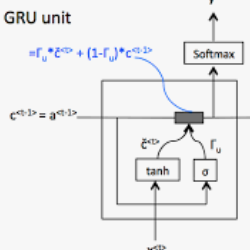In this study, it is demonstrated that Recurrent Neural Networks (RNNs), specifically those utilizing Gated Recurrent Unit (GRU) architecture, possess the capability to learn the complex dynamics of rate-and-state friction laws from synthetic data. The data employed for training the network is generated through the application of traditional rate-and-state friction equations coupled with the aging law for state evolution. A novel aspect of our approach is the formulation of a loss function that explicitly accounts for the direct effect by means of automatic differentiation. It is found that the RNN, with its GRU architecture, effectively learns to predict changes in the friction coefficient resulting from velocity jumps (with and without noise in the target data), thereby showcasing the potential of machine learning models in understanding and simulating the physics of frictional processes.
翻译:暂无翻译




